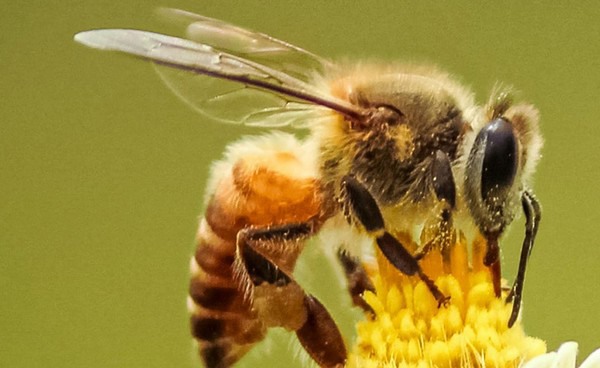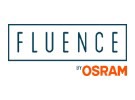Fluence horticulture services specialist Tim Knauer led off the panel discussion with a short presentation explaining the response of pollinators (bees) to light, as well as that of harmful and beneficial insects.
What do insects see?
Pollinators “see” UV, blue and green wavelengths. They function most effectively when all three spectra are available in appropriate quantities. This means that in low-light conditions when narrow-spectrum LED lights are used, bees are not at their best because the higher red content and lack of middle wavelengths suppress pollination activity. Similarly, HPS, which is notoriously high on the red-yellow spectrum, does not provide optimal light quality for bee activity, particularly in low light conditions.

When it comes to navigation, bees in greenhouses use the naturally occurring UV light from the sun along with blue light to aid their orientation. Incidentally, photoperiod has no direct effect on the foraging habits of bees, as long as intensity and spectrum are optimal. And in addition to ensuring pollinators are exposed to adequate levels of broad-spectrum lighting, cultivators should also take into account other environmental factors, such as carbon dioxide levels and air temperature, which can impact pollinators.
Pests and beneficials have a relationship with light similar to that of pollinators, according to Tim. Overall, pests and beneficials both increase activity in higher light levels – assuming temperature and food sources aren’t limiting factors.
 Fluence
Fluence4129 Commercial Center Drive
Suite 450 Austin, TX 78744
512-212-4544
[email protected]
www.fluence.science
